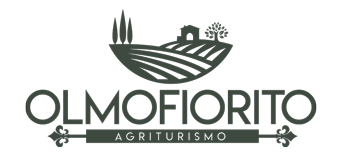History
L'Olmo Farm
From the high hills of San Romolo a Settimo above Lastra a Signa where the Fattoria L’Olmo holiday farm is located, there is an immense view for your eyes to embrace that extends from Mount Consuma to Mount Albano and the Apennine Mountains of Pistoia all the way to the Apuan Alps and includes the Arno Valley from Florence to the natural floodgate of Golfolina.
The area’s strategic position was particularly appealing to those who created settlements here during the Feudal Era.
The area is historically linked to the magnificent Settimo Abbey and the powerful Cadolingi feudal family. It is likely that large fortified castles were standing in the area even before the year 1000 – similar to the nearby Castles of Monteorlandi and Monte Cascioli (destroyed by the Florentines in the early 12 th century) and other smaller ones which might have had towers facing the Arno valley to protect the rural settlements, sending warning signals of the arrival of unwanted guests. As the Florentine dominion expanded in the 13th century, these settlements became “Residences of the Lords and Ladies” or for those wealthy Florentine bourgeoisie landowners.
In the 14 th century the area became filled with estates belonging to the Albizi family, more specifically to the brothers Giovanni and Antonio di Tedice. Further proof of their influence upon the area is the Tabernacle with a sacred image which Giovanni Albizi had built in 1429 along the road leading to the Church of San Romolo. The tabernacle has survived the centuries (although the fresco painting, unfortunately, has not).

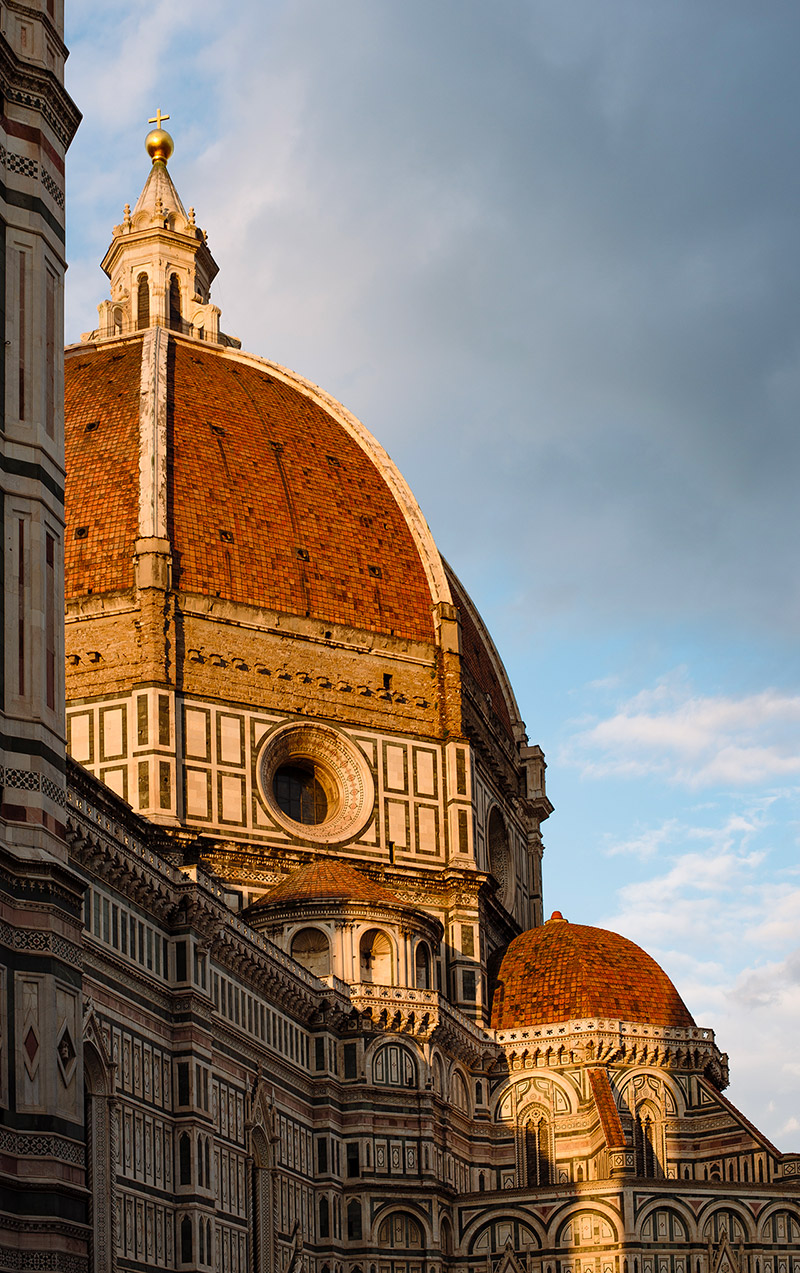
The settlement at the Fattoria L’Olmo is part of this architectural and historical context. There are no elements at this time to confirm that it was once used as a defensive fortress. However, the main portion of the building has an L-shaped layout that develops into two compact structures on the north and south-western corners. The characteristics of the stonework suggest that there might have been two towers there and that it is possible that the origin of the building was that of a 13 th century aristocratic house-tower.
It is also possible that as early as the late 13 th century and most definitely during the one that followed that the building underwent a detailed expansion structured around the L-shaped layout (it is still visible) to enclose the courtyard. The other two sides were protected by a wall – once again suggesting a defence post for the surrounding countryside.
One of the most distinctive traits of the building which has survived the passage of time is the arch opening onto the surrounding wall leading to the courtyard. The masonry blocks on the corners present a lowered archivolt with a slightly pointed extrados that can be dated to the 14 th century.
The keystone of the arch is decorated with a floral or radius design that is practically indecipherable.
The building, however, has maintained the “at court” characteristic so typical of a late medieval rural settlement: an open area protected by a wall for the “Residence of the Lords and Ladies”, another area for their workers and other indoor areas equipped for the production and conservation of the goods obtained from the land. Notwithstanding a series of additions over the centuries, the main purpose of the land was for farming. This was possible because the complex retained its rural use instead of developing into a bona fide aristocratic estate. The farm is easily identifiable on the area’s ancient topographical planimetries since it is located only a few metres from the road that connected residents and the Church of Sant’Ilario a Settimo to the Church of San Romolo.
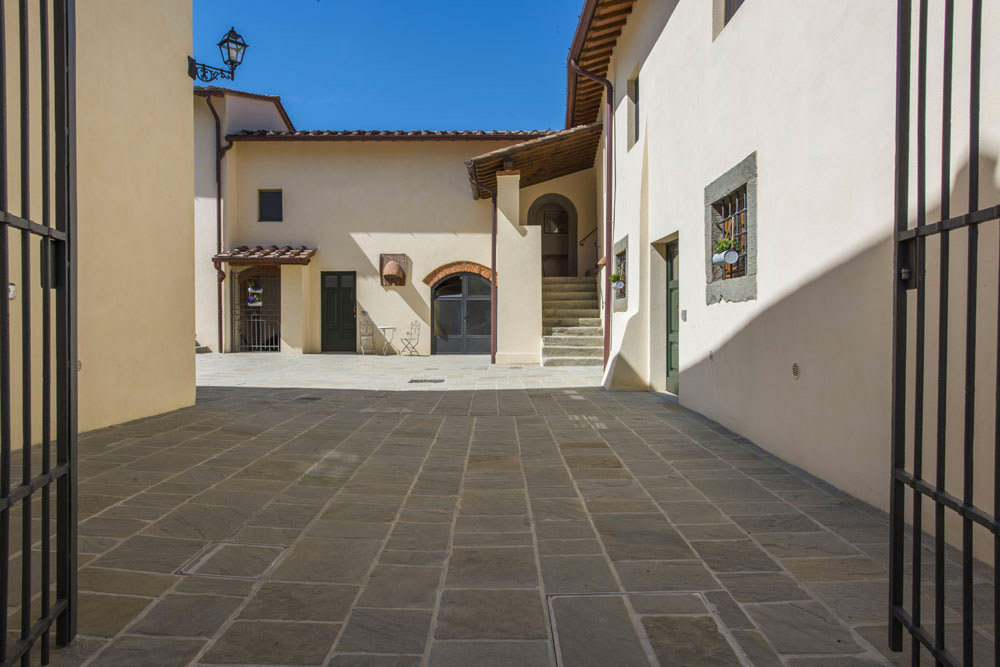
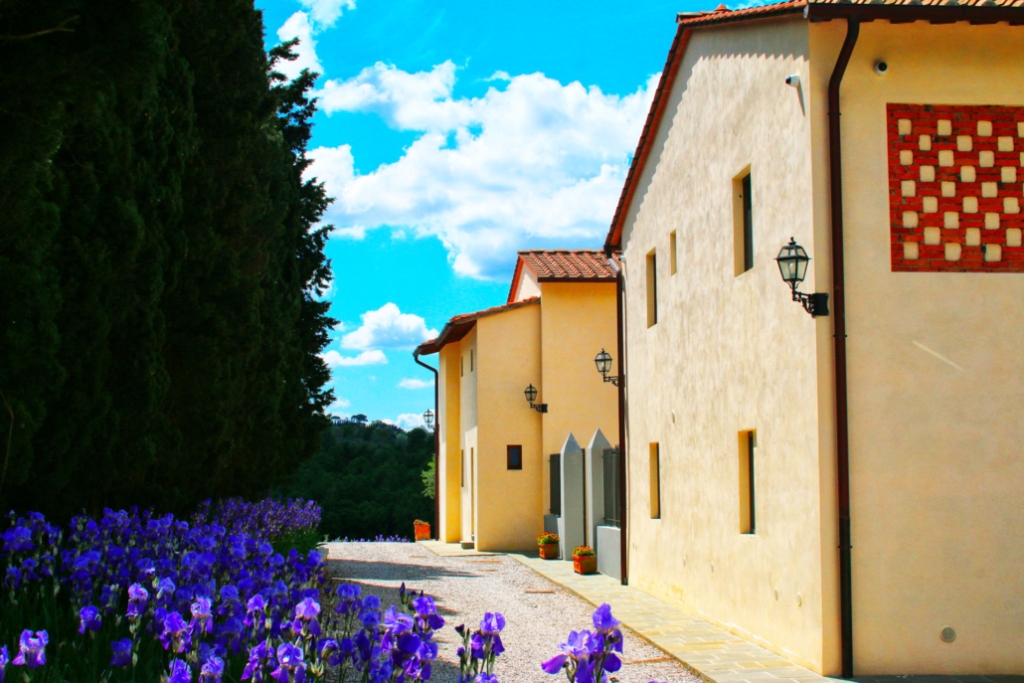
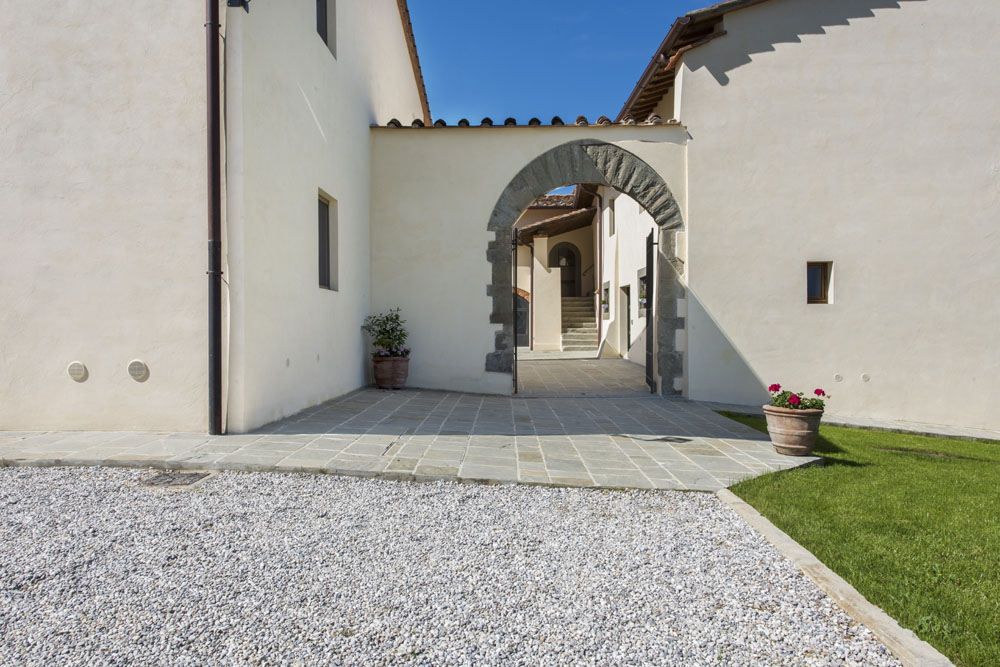
The farm is indicated by the toponym of Mulettino in the 1861 atlas of the streets, buildings and waterways of Lastra a Signa (found at the Historical Archives of the Municipality of Lastra a Signa) and the documentation found confirms its denomination as such. It is also mentioned in the late 15 th century Maps of the Peoples and Roads of the Captains of the Guelphs (National Archives, Florence), the Florentine magistrature in charge of the maintenance of road access.
This document clearly indicates the farm’s location and its proprietor as the Shelter of San Matteo: In fact, the building was found along the road leading to the Church of Santa Maria a Castagnolo and a rural aggregate known today as Poggio Vittorio (still in existence). The Florentine Shelter of San Matteo (one of the city’s oldest and most important) was founded in the late 15 th century, a donation of Guglielmo (Lemmo) or Lelmo Balducci, in Florence’s Piazza San Marco. Its 15 th century loggiato (open gallery) overlooked what is now Via Ricasoli next to the Accademia Gallery.
One of the Florentine magistratures, l’Arte del Cambio, was assigned by Balducci to manage the Shelter and all of its wealth and properties through a camerlengo.
It was abolished by The Grand Duke of Tuscany Leopold II in 1784 and converted into the Academy of Fine Arts. The Shelter’s many properties, including Mulettino, were transferred to the Shelter of Santa Maria Nuova and later sold off. The Shelter of San Matteo, which had owned farmland and woodlands in the area of San Romolo a Settimo since the 15 th century, purchased Mulettino on 31 January 1556. The sum of 605 Italian scudi to buy the farm were added to the dowry of Ippolita, the daughter of Jacopo di Giovan Francesco Fantoni, who had formerly purchased it in 1534 from Caterina di Rinieri Ghinetti, the widow of Cristoforo di Marco Bracci. Like other agrarian lands (the property included vineyards, olive groves and woodlands), the peasants tilling the soil levelled it out; the Shelter obtained wood, oil, wine and fruit from Mulettino. A list of the Shelter’s properties describes the farm’s main building in great detail and corresponds perfectly to the one we now see after almost five centuries: “The property known as Mulettino is a farm with a manor for the master and his workers united by an ‘antiport’, courtyard with cistern and pomegranate trees, vaults, stables, oil press, oven, warehouse, attic and all of its belongings under the Authority of Galluzzo, San Romolo a Settimo” (Florentine State Archives, Shelter of San Matteo – Lemmo Balducci n. 97 c.31).
